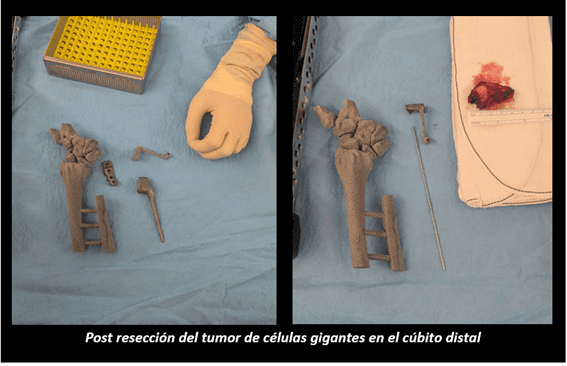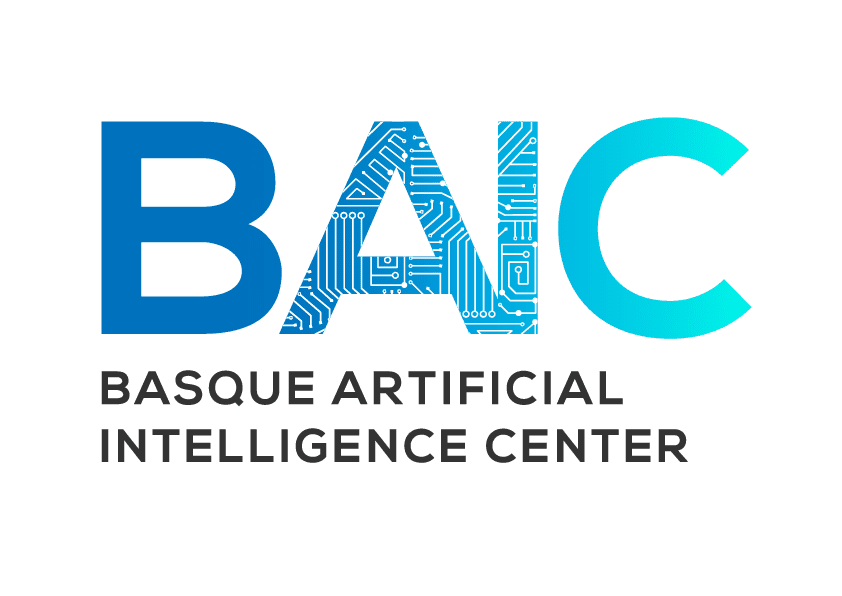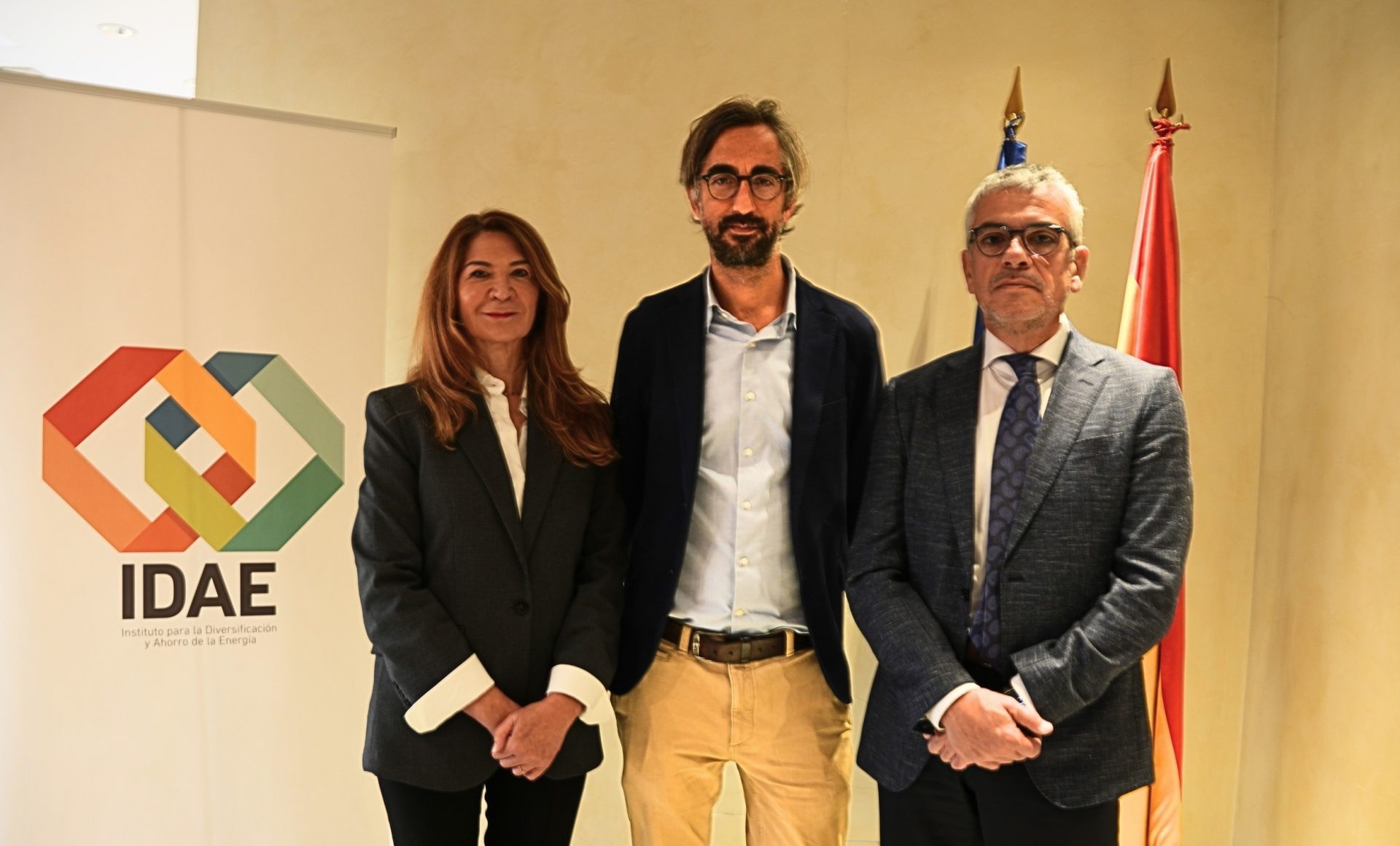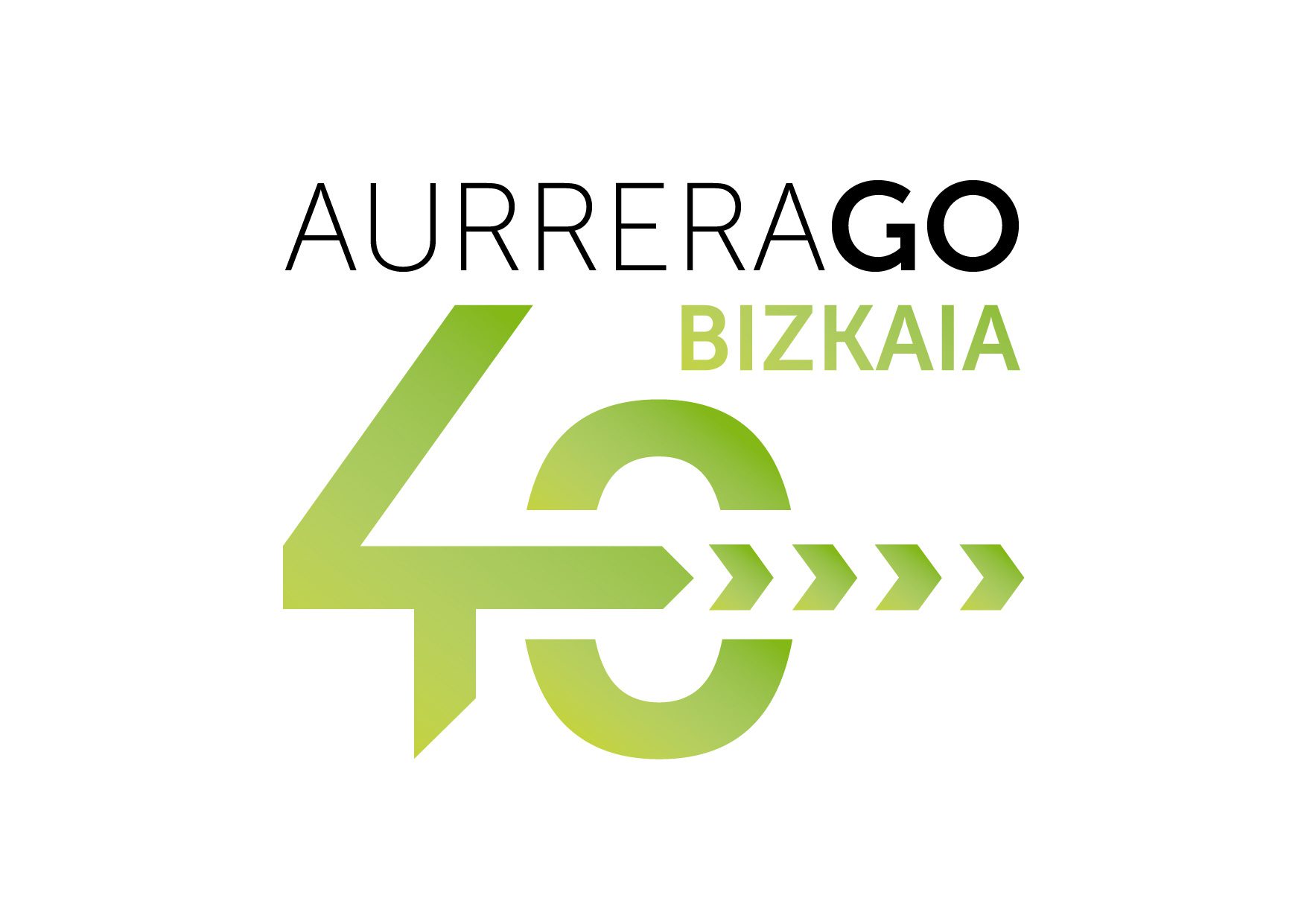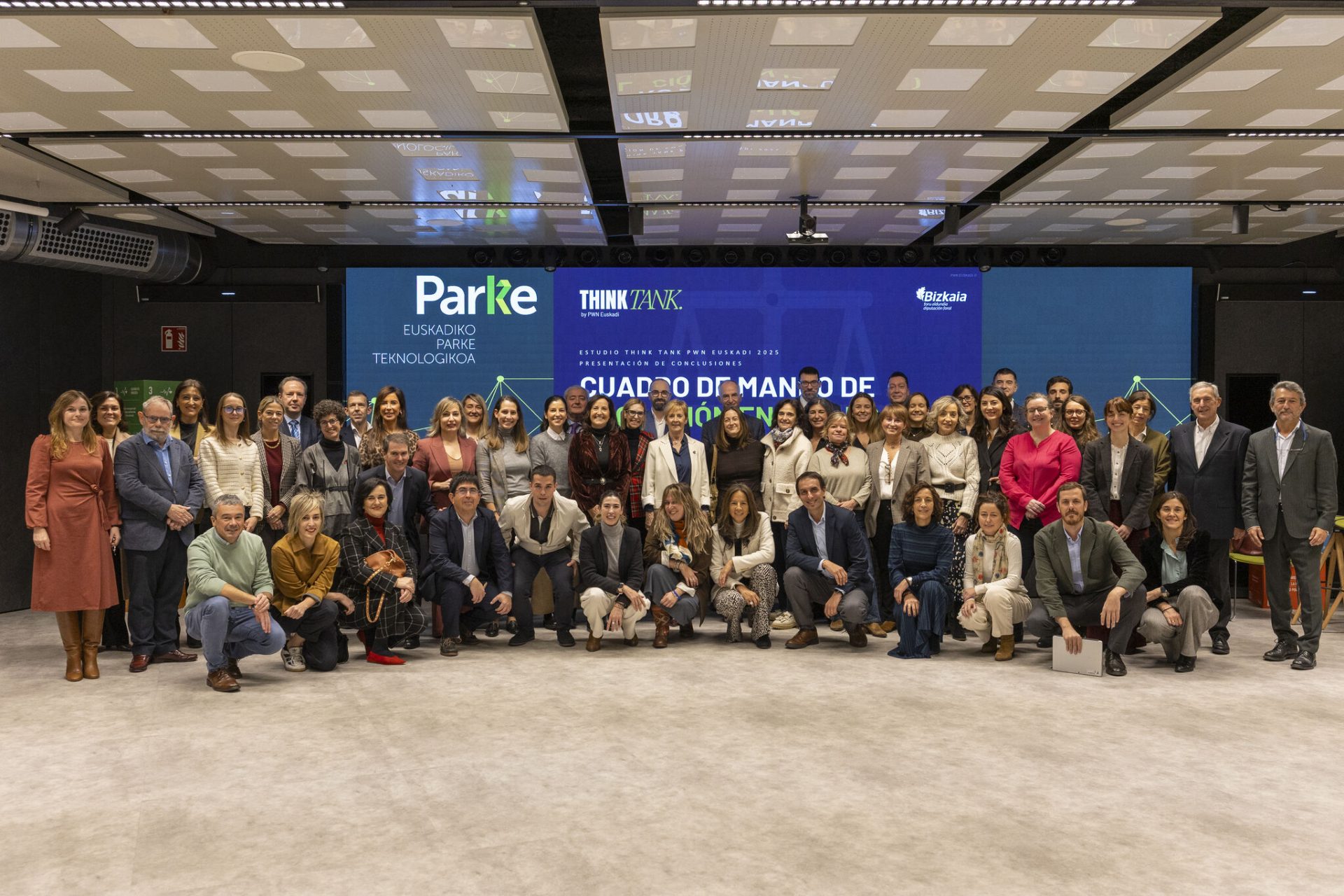Advances in Personalised Medicine: Optimus3D and Hospital General Universitario Gregorio Marañón
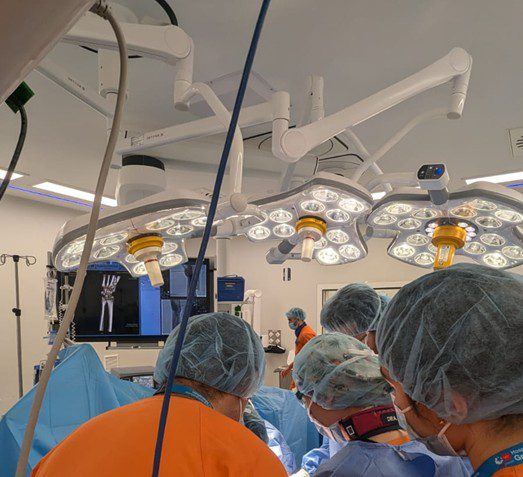
Optimus3D and the Hospital General Universitario Gregorio Marañón advance in the development of customised medical solutions through additive manufacturing
Optimus3D, a company specialised in additive manufacturing whose headquarters are located in the Vitoria-Gasteiz Campus of the Euskadi Technology Park, and the Hospital General Universitario Gregorio Marañón, through its Advanced 3D Planning Unit (UPAM3D), have initiated a strategic collaboration with the aim of designing and manufacturing customised medical devices, such as implants and personalised surgical cutting guides, to improve the treatment of patients with specific clinical needs.
This collaboration focuses on leveraging 3D modelling technology to create customised solutions that optimise clinical outcomes. Lorena Cros, biomedical and medical engineer at Optimus3D, will join the UPAM3D team at the Hospital General Universitario Gregorio Marañón, where she will play a key role in the clinician-engineer collaboration. His work will include medical image segmentation, 3D modelling and custom implant design.
Thanks to its expertise in additive manufacturing, Optimus3D will bring its knowledge in the design and manufacture of customised medical devices using materials such as titanium and nylon PA12. All this while complying with international quality standards and regulations, such as ISO 13485 for medical devices. The collaboration will allow for more fluid communication between the hospital and the manufacturer, which will streamline both the development and manufacturing of customised medical solutions.
Optimus3D’s working model, based on close collaboration with the clinical team, will favour a continuous exchange of knowledge and experience for both parties involved, optimising the design and development process. The integration of the manufacturer within the hospital’s personalised healthcare chain will significantly reduce iteration and manufacturing time, enabling fast and accurate responses to individual patient needs.
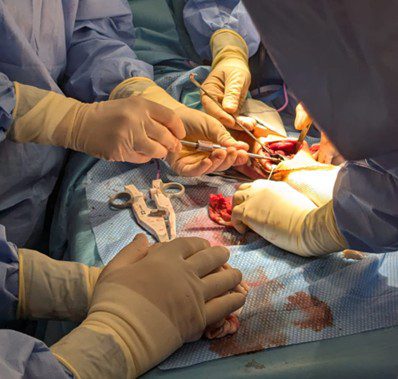
This collaboration is also part of Optimus3D’s expansion in the field of personalised medicine and represents an important step in the development of innovative solutions that improve patients’ quality of life. In addition, the addition of Lorena to the UPAM3D team will facilitate knowledge transfer between the design of personalised devices and their clinical application.
The advance of 3D technology in hospital environments promises to transform personalised medicine, opening up new possibilities for effective treatments tailored to the needs of each patient.
First success story: Giant cell tumour resection of the distal ulna
The first intervention consisted of the design and fabrication of a titanium implant to replace the distal ulnar head in a patient with a giant cell bone tumour. A customised cutting guide was used to remove the tumour, and the implant was designed to replicate the structure of the distal ulna, providing functional support to the distal radioulnar joint. This case marks the first step in the development of an implant that restores joint mobility.
